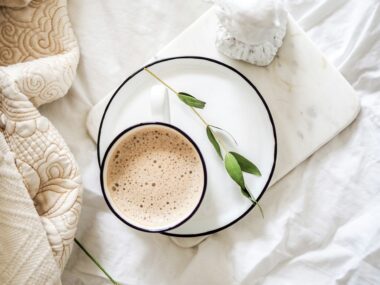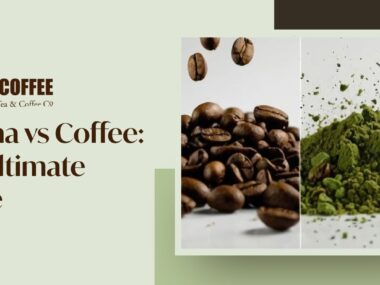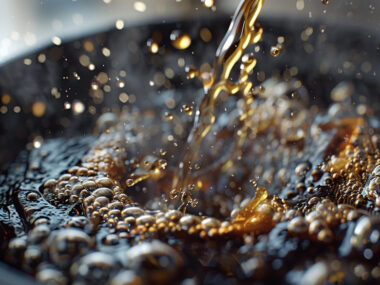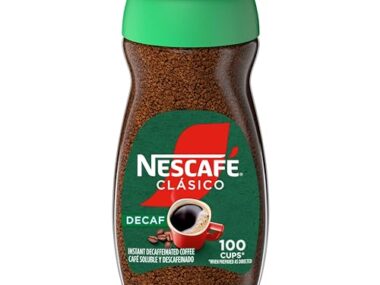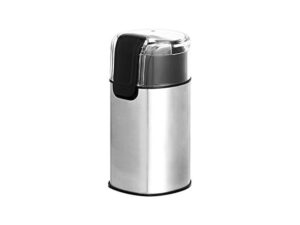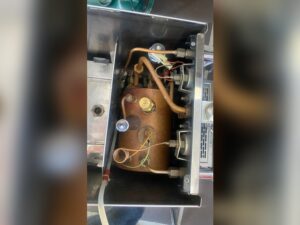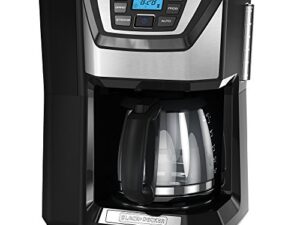Are you trying to cut back on caffeine but don’t want to give up your morning coffee? You’re not alone.
Many coffee lovers want to enjoy their favorite drink without feeling jittery or wired. But which coffee has less caffeine? Choosing the right type can make a big difference in how you feel throughout the day. You’ll discover simple answers and smart tips that help you enjoy coffee your way—without the extra buzz.
Keep reading to find out how to sip smarter and feel better.
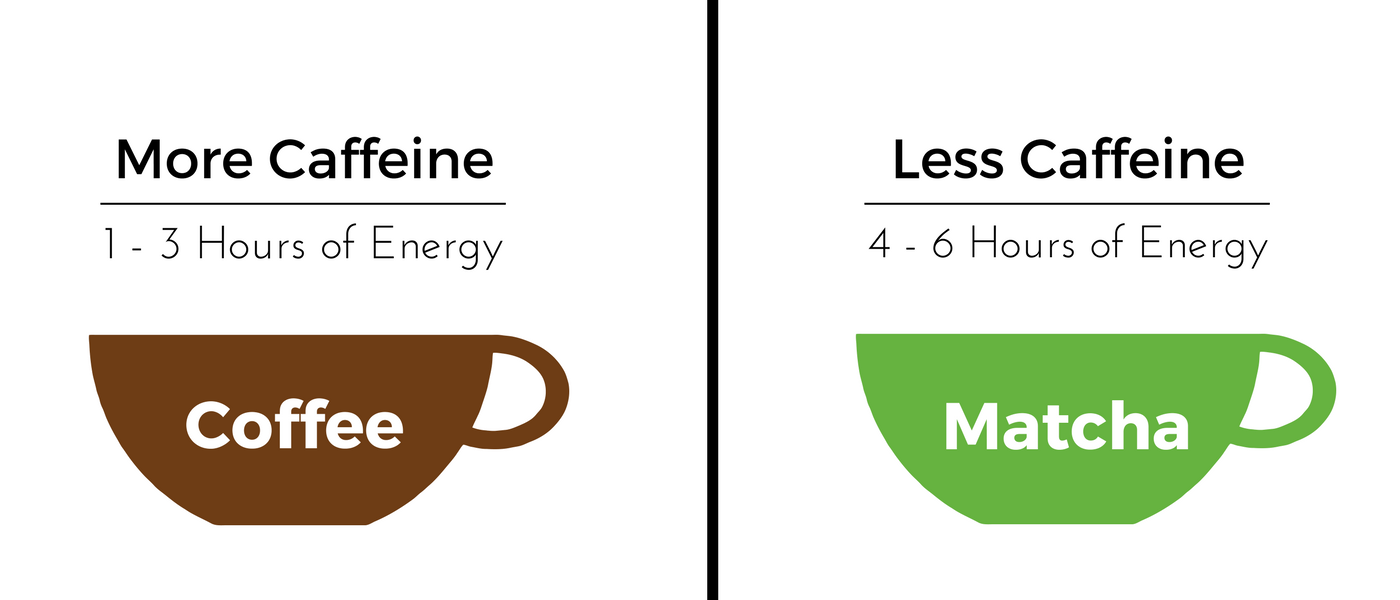
Credit: medium.com
Caffeine In Coffee Basics
Caffeine is a natural part of coffee that wakes you up and boosts energy. Its amount changes depending on many factors. Knowing what affects caffeine levels helps you choose coffee with less caffeine. This guide explains the basics of caffeine in coffee.
Understanding caffeine starts with the coffee bean itself and how it is roasted. These details matter for anyone who wants to drink less caffeine but still enjoy coffee.
What Determines Caffeine Levels
Caffeine levels depend on the coffee bean type, growing conditions, and brewing method. Different beans have different caffeine amounts. The way you prepare coffee also changes caffeine content. Stronger coffee does not always mean more caffeine.
Coffee Bean Varieties
There are two main coffee beans: Arabica and Robusta. Arabica beans have less caffeine than Robusta. Arabica tastes smoother and sweeter. Robusta is stronger and bitter with nearly double caffeine. Choosing Arabica lowers your caffeine intake.
Roast Impact On Caffeine
Roasting changes coffee’s flavor and caffeine. Light roast keeps more caffeine than dark roast. Dark roast beans lose some caffeine during roasting. A dark roast may taste stronger but has less caffeine. Pick roast type based on caffeine needs and taste.
Low-caffeine Coffee Types
Many people want coffee with less caffeine. It helps to enjoy coffee without feeling too awake. Some types of coffee naturally have less caffeine. These choices fit well for those who want a mild caffeine boost. Below are some popular low-caffeine coffee types.
Decaf Coffee Options
Decaf coffee is the best choice for very low caffeine. It goes through a process to remove most caffeine. Decaf has about 97% less caffeine than regular coffee. It keeps the taste but lowers the energy kick. This option suits people sensitive to caffeine or who drink coffee late.
Light Roast Choices
Light roast coffee has slightly more caffeine than dark roast. The beans are roasted for a short time at lower heat. This keeps more caffeine inside the bean. It also has a bright and fruity taste. Light roast is good for those who want less caffeine but still enjoy coffee flavor.
Single-origin Coffees With Less Caffeine
Some single-origin coffees have naturally less caffeine. Beans from certain regions or varieties contain less caffeine. For example, beans from Brazil or Ethiopia often have lower caffeine content. Single-origin coffee offers unique flavors and a gentle caffeine effect. It is a smart pick for mild coffee drinkers.
Brewing Methods And Caffeine
Brewing methods play a big role in the caffeine content of coffee. Different ways of making coffee extract caffeine in different amounts. The type of brewing affects how much caffeine ends up in your cup. Understanding these methods helps choose coffee with less caffeine.
Cold Brew Vs Hot Brew
Cold brew coffee uses cold water and a long steeping time. It usually takes 12 to 24 hours to brew. This slow process extracts caffeine gently. Cold brew often has less caffeine per serving than hot brew. Hot brew uses hot water and short brewing time. It extracts caffeine quickly and fully. Hot brewed coffee can have more caffeine in the same volume.
Espresso And Caffeine Content
Espresso is a strong coffee made by forcing hot water through finely ground beans. It has a small serving size, about 1 ounce. Despite its strong taste, espresso has less caffeine than a regular cup. A single shot of espresso contains about 63 mg of caffeine. A larger cup of drip coffee often has more caffeine than espresso.
Impact Of Brewing Time
Brewing time affects caffeine extraction greatly. The longer coffee brews, the more caffeine it contains. Short brewing time means less caffeine in the cup. Espresso brews fast, so caffeine is lower. Cold brew brews slow but uses a large amount of coffee. This can balance out caffeine levels. Adjust brewing time to control caffeine in your coffee.

Credit: lifeboostcoffee.com
Choosing The Best Low-caffeine Brew
Choosing the best low-caffeine brew means balancing taste and health. Many coffee lovers want less caffeine but don’t want to lose flavor. Some types of coffee naturally have less caffeine. Others go through a special process to remove most caffeine. Knowing the options helps pick the right cup for your needs.
Taste Considerations
Low-caffeine coffee can taste different from regular coffee. Some brews have a milder flavor. Decaf coffee often has a softer, smoother taste. Light roasts may taste brighter but contain more caffeine. Dark roasts usually have less caffeine but a stronger flavor. Try different types to find what suits your palate.
Health Benefits
Drinking less caffeine can reduce jitters and improve sleep. It may lower the risk of heart problems for sensitive people. Low-caffeine coffee still has antioxidants that support health. It can provide a gentle energy boost without crashes. Choosing low-caffeine brews helps enjoy coffee with fewer side effects.
Where To Buy
Many stores sell low-caffeine and decaf coffee. Supermarkets often have a dedicated section for decaf blends. Specialty coffee shops may offer single-origin low-caffeine beans. Online stores provide many options with detailed descriptions. Check labels to ensure the caffeine level meets your needs.
Tips To Reduce Caffeine Intake
Reducing caffeine intake can help you feel calm and sleep better. It also lowers the risk of jitters and heart palpitations. Simple changes in how you drink coffee make a big difference. Here are easy tips to reduce caffeine without losing your coffee enjoyment.
Mixing Decaf And Regular Coffee
Mixing decaf and regular coffee cuts caffeine in half. You still enjoy the coffee taste and warmth. Start with a 50/50 mix and adjust to your needs. This method helps reduce caffeine slowly and easily. It’s perfect for those who want less caffeine but not no caffeine.
Alternative Coffee Drinks
Try coffee alternatives with less caffeine. Chicory coffee, green tea, or herbal tea offer mild energy boosts. These drinks have less caffeine but still give a warm, rich flavor. They also come with health benefits like antioxidants. Switch to these drinks during afternoons or evenings.
Timing Your Coffee Consumption
Drink coffee early in the day to reduce caffeine effects at night. Avoid coffee late in the afternoon or evening. Caffeine can stay in your body for hours. Drinking early helps you sleep better and feel more rested. Set a coffee cut-off time, such as before 2 PM, for best results.

Credit: www.reddit.com
Frequently Asked Questions
Which Coffee Type Has The Least Caffeine?
Decaf coffee contains the least caffeine, usually about 2-5 mg per cup. Regular coffee averages 70-140 mg. Light roast coffee may have slightly less caffeine than dark roast due to roasting time, but the difference is minimal compared to decaf options.
Does Espresso Contain Less Caffeine Than Regular Coffee?
Espresso has more caffeine per ounce than regular coffee, but it’s served in smaller amounts. A single shot has about 63 mg, while an 8-ounce cup of drip coffee has 95 mg or more. So, espresso is concentrated but smaller in volume.
Is Instant Coffee Lower In Caffeine?
Instant coffee generally contains less caffeine than brewed coffee, averaging 30-90 mg per serving. It’s made from dried coffee extract, which can reduce caffeine content. However, caffeine levels vary by brand and preparation method, so check labels for accuracy.
How Does Coffee Roast Affect Caffeine Content?
Light roasts retain slightly more caffeine than dark roasts because roasting breaks down caffeine molecules. However, the difference is minor, and brew method usually impacts caffeine levels more than roast type. Choose roast based on flavor preference, not caffeine content.
Conclusion
Choosing coffee with less caffeine helps control your energy levels. Light roast and decaf coffee usually have less caffeine. Coffee type and brewing method also change caffeine content. Drinking less caffeine can improve sleep and reduce jitters. Try different options to find what suits you best.
Enjoy coffee without worrying about too much caffeine. Simple changes can make your coffee experience better. Keep these tips in mind for a balanced coffee habit.
